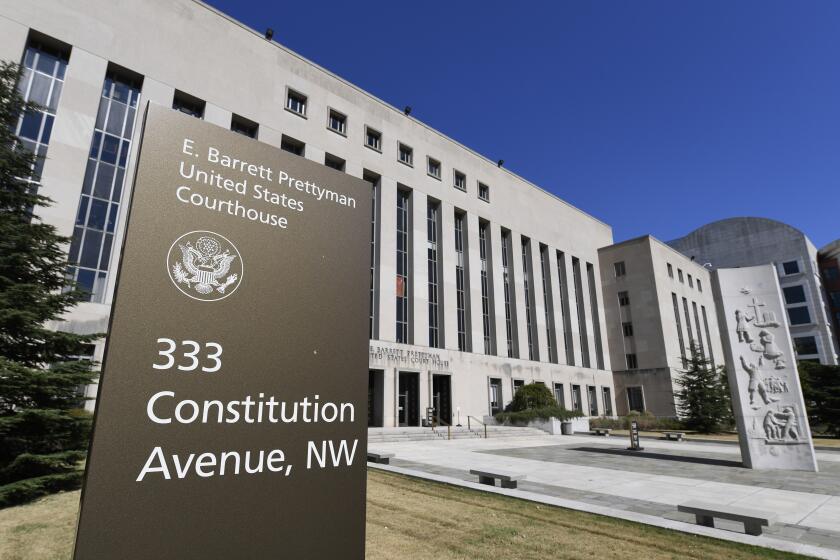Gore’s 10 Goals for Increasing America’s Economic Prosperity
- Share via
CLEVELAND — In his speech outlining his economic plan, Vice President Al Gore said he would leave $300 billion of the expected federal surplus unspent as a hedge against overly sunny economic forecasts. He also laid out 10 economic goals he said he would achieve as president:
* Eliminate the federal debt by 2012, with most paid by 2010.
* Place Social Security and Medicare projected surpluses in a “lock box” to prevent their use for anything besides shoring up the two programs.
* Increase real family income by a third over the next decade, from this year’s average of $47,000. Aides said a combination of productivity increases and new worker training would make that happen.
* Boost home ownership to 70%, largely by paying off federal debt and thus keeping interest rates low. Gore also wants to boost low-income tax credits and increase community investment incentives for lenders.
* Reduce poverty rates to below 10%, largely by increasing the minimum wage, bolstering welfare-to-work efforts and increasing Social Security benefits for elderly women.
* Double the number of people with accumulated savings of more than $50,000. There are currently 32 million such families, and Gore said he would boost that number largely through new retirement savings incentives he has proposed.
* Increase college attendance and graduation rates. Currently, 67% of high school seniors go to college. Gore wants to increase that to 75%. His key proposal is to make up to $10,000 in college tuition tax-deductible.
* Create 10 million new high-tech jobs. With unemployment low, the need is to focus more on better-paying jobs.
* Reduce by half the pay gap between men and women, largely by toughening enforcement of discrimination laws. Women currently make 73 cents for every $1 men earn.
* Cut the tax burden on average families to the lowest level in 50 years within the first two years in office.
More to Read
Get the L.A. Times Politics newsletter
Deeply reported insights into legislation, politics and policy from Sacramento, Washington and beyond. In your inbox twice per week.
You may occasionally receive promotional content from the Los Angeles Times.










